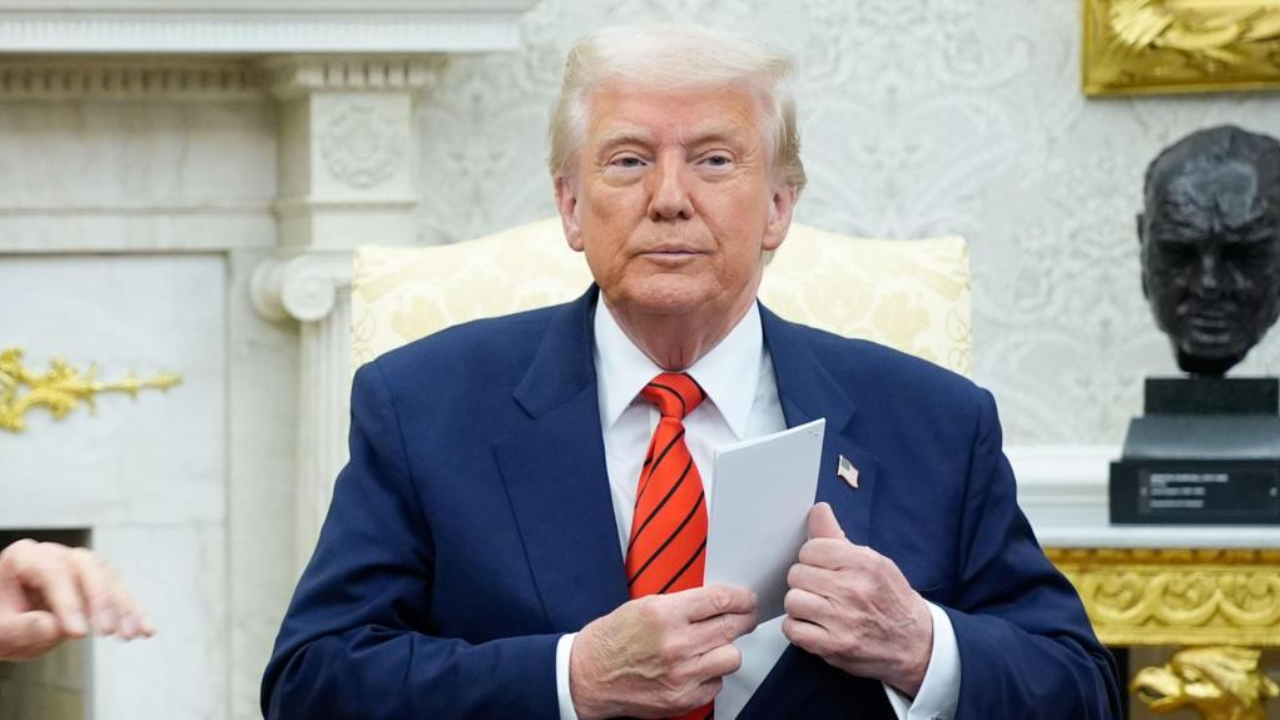
By: Payel
Published on: May 17, 2025
Post Content
In May 2025, the world witnessed a rare diplomatic breakthrough as Washington and Beijing agreed to a 90-day tariff truce, temporarily lowering duties by over 100% on each other’s imports. This ceasefire has not only injected fresh optimism into global markets but also rekindled hopes that the two largest economies can negotiate a lasting solution to a trade war that has spanned nearly four years. In this analysis, we explore the details of the agreement, gauge market reactions, examine expert viewpoints, and dive into Yahoo Finance’s readers’ poll to assess whether this progress is built to last.
On Monday, May 12, US Treasury Secretary Scott Bessent announced that, following high-level talks in Switzerland, the US would slash its reciprocal tariffs on Chinese goods from 145% down to 30%, while China would cut retaliatory duties from 125% to 10%. This dramatic rollback marks one of the steepest mutual tariff reductions since the trade tensions began under the Trump administration.
By offering a temporary relief valve to industries battered by rising costs, the truce aims to stabilize trade flows and rebuild trust. Yet, the agreement stops short of addressing core issues such as intellectual property theft, forced technology transfers, and state subsidies—key sticking points that have dogged negotiations for years.
Investor sentiment turned markedly positive following the announcement. De-risking positions and reallocating capital into equities, traders drove major indices higher throughout the week:
These moves underscore how sensitive markets remain to trade-war developments. Lower tariffs on Chinese imports help US manufacturers reduce input costs, while cheaper American goods in China can boost export-oriented sectors—creating a powerful multiplier effect across global supply chains.
Despite the lift from the truce, volatility returned when President Donald Trump signaled that the US would impose new unilateral tariff rates on several countries “over the next two to three weeks.” Speaking in the United Arab Emirates, Trump emphasized that his administration lacks the capacity to negotiate with every nation simultaneously:
“I think we’re going to be very fair. But it’s not possible to meet the number of people that want to see us,” he told business leaders.
This comment introduced ambiguity about the truce’s longevity. The prospect of fresh duties could undercut confidence in the temporary deal, suggesting that Washington is keeping its negotiating leverage top of mind even as it de-escalates with China.
While the 90-day window offers a welcome pause, achieving a durable settlement will demand compromise on both sides. Key challenges include:
Absent progress on these fronts, the ceasefire risks fizzling out once duties revert to previous levels. Diplomats note that timelines are tight: preparatory talks must accelerate in the coming weeks or the truce could collapse under the weight of unresolved issues.
Mark Williams, Chief Asia Economist at Capital Economics, cautioned that the truce does not guarantee a permanent ceasefire. In a Monday note, he pointed out that:
“The US still has much higher tariffs on China than on other countries and still appears to be trying to rally other countries to introduce restrictions of their own. In these circumstances, there is no guarantee that the 90-day truce will give way to a lasting ceasefire.”
Williams argues that Washington’s broader strategy may involve building a coalition of allies to impose parallel measures, raising the prospect of a fragmented global trading system rather than a bilateral détente.
To gauge public sentiment, Yahoo Finance UK invited readers to vote on whether they believe the US and China will sustain progress on trade talks beyond the truce. Out of 215 respondents:
The near-even split reflects widespread uncertainty. Voters in favor cited mutual economic dependencies and the high stakes involved, while dissenters pointed to entrenched positions and political headwinds on both sides.
The 46% majority expressing optimism may reflect a belief that neither economy can afford a protracted trade war. US exporters rely on Chinese demand for agricultural and energy products, while Chinese manufacturers need access to US technology and capital markets. However, the 39% dissent suggests that many see the deal as a tactical reprieve rather than strategic resolution.
Undecided respondents underscore the complexity of modern trade diplomacy: unforeseen events, such as shifts in political leadership or new security concerns, could rapidly alter the calculus. The poll highlights that, for a significant portion of stakeholders, lasting progress requires more than a simple tariff rollback.
For the truce to evolve into a stable peace, negotiators must address core issues:
Success in these areas could lay the groundwork for a comprehensive framework, but failure on any could trigger a swift return to escalation.
Analysts outline two broad scenarios:
The ultimate trajectory will hinge on diplomatic agility, economic imperatives, and unforeseen geopolitical developments.
With just over two months before the 90-day truce expires on August 10, 2025, all eyes are on Washington and Beijing to see if they can translate temporary relief into lasting accommodation. Investors, policymakers, and business leaders will be scrutinizing every communique, trade delegation, and press statement for signs of breakthrough—or backsliding.
Comments
No comments yet. Be the first to comment!
Leave a Comment